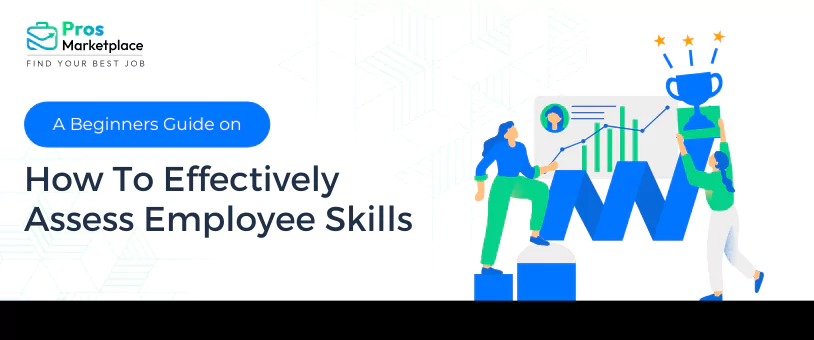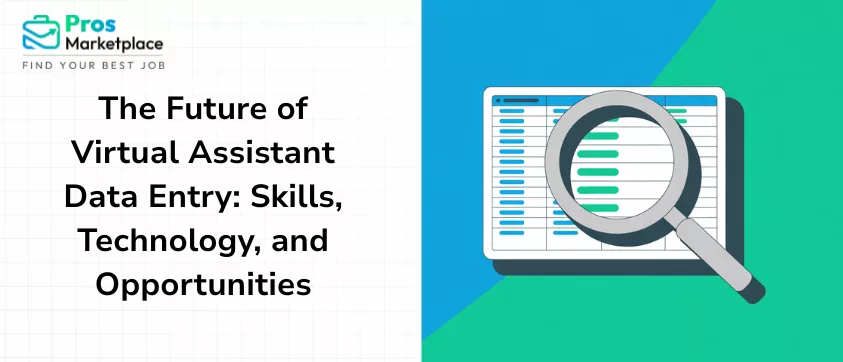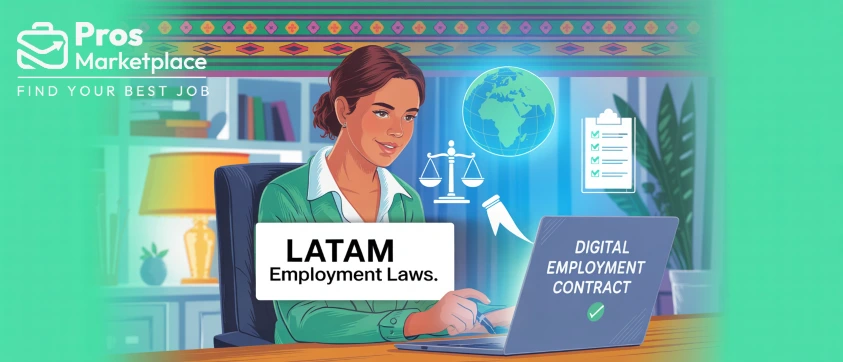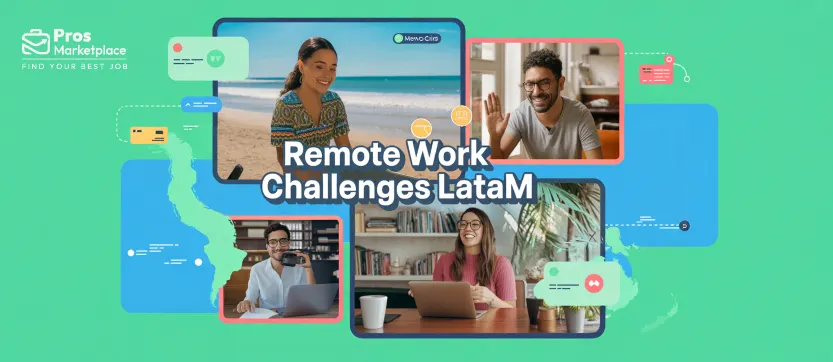Employee Skills Assessment is essential for the growth of your business.
But this can often become challenging because skills will change, people will be better at some things than others, and careers will change. Therefore it becomes challenging to ensure that everyone is treated right and fairly.
Especially if you are a beginner, you may wonder: How do I know who’s good? What do I use to identify this? How can I make sure this is fair for everyone?
In this blog, we will discuss how to assess employee skills effectively. We’ll give you simple tips to help you understand and solve these problems so your company can grow and succeed.
Types of Employee Skills Assessment
Interview tests are an important element in hiring. They allow employers to evaluate an applicant’s ability, knowledge, and match for the position.
Further, many types of interview tests make hiring easier for employers. Each is built for this purpose, measures just one person’s skill, and highlights his capabilities.
Knowing the various types of interview tests helps make accurate decisions. Let’s look at the two most common types of interview tests.
Aptitude tests
These help assess aptitudes and describe individuals’ abilities to excel in specific areas. These aptitudes encompass a spectrum of talents, including verbal and mechanical reasoning, spatial awareness, and error checking.
Unlike resumes that outline past accomplishments, aptitudes signify untapped potential, even if they haven’t been fully cultivated yet.
Standardized tests are often employed to gauge these aptitudes as part of the hiring process.
However, while standard aptitude tests cover many aptitude facets, they may fall short in assessing affective abilities like composure under pressure or concentration. Task-based tests, commonly used for skill evaluation, also come into play for assessing effective performance.
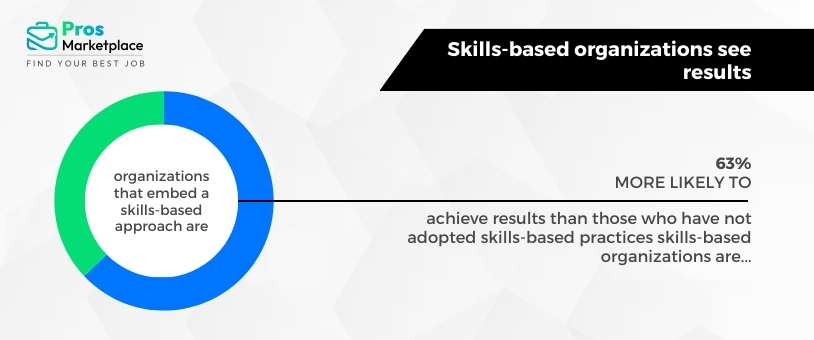
Task-based tests
In task-based tests, employees engage in real job tasks within authentic work environments or realistic simulations. This form of scenario-based learning approach empowers employees to make choices, observe outcomes, and learn from mistakes in a safe, constructive setting directly relevant to their work. This promotes in-depth, lasting learning that can be directly applied on the job, catering to both skill and competency levels, including affective requirements.
Providing learners with job-equivalent source materials and briefings is crucial for evaluating cognitive skills such as information analysis and recommendation formulation. Assessment can take the form of written exams or, preferably, submissions mirroring on-the-job formats, such as presentations or reports, which can then be evaluated and critiqued by supervisors, seasoned peers, or instructors.
Scenario-based learning shines brightest in nurturing complex skills such as customer service, problem-solving, and intricate analysis, where practical application is paramount.
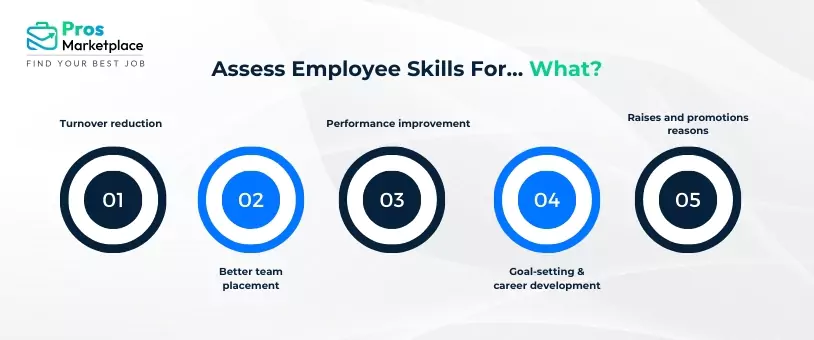
Best Practices to Assess Employee Skills:
Assessing employee skills is important for organizations that maximize potential and achieve strategic goals.
However, these tests need careful planning and implementation to ensure accuracy, fairness, and validity. We will look at the best practices for assessing employee skills, offering insight and practical advice to improve the process and achieve good results.
Remember, by defining clear goals for implementing technology solutions, understanding and implementing these best practices can help organizations unlock the potential of their workforce and drive long-term growth.
Also Read: Collaboration Tools for Remote Teams
Moreover, assessments should encompass the following elements:
1. Access to the same resources as on the job:
Providing learners with access to identical equipment, tools, and reference materials they would typically utilize is essential. This tests their ability to navigate instructions and evaluates their proficiency in completing tasks successfully with the requisite support. For instance, following the correct instructions is a skill being tested, alongside their capability to accomplish the primary task aided by these resources.
2. Encountering the same challenges as on the job
While beginning the assessment may offer a starting point, it does not provide a comprehensive evaluation if it does not replicate the work environment. If the typical work scenario involves completing a task on a Windows 10 computer, the assessment should replicate this. It ensures a more accurate assessment of the individual’s skill set and readiness for real-world scenarios.
3. Online Skills Assessment Tests
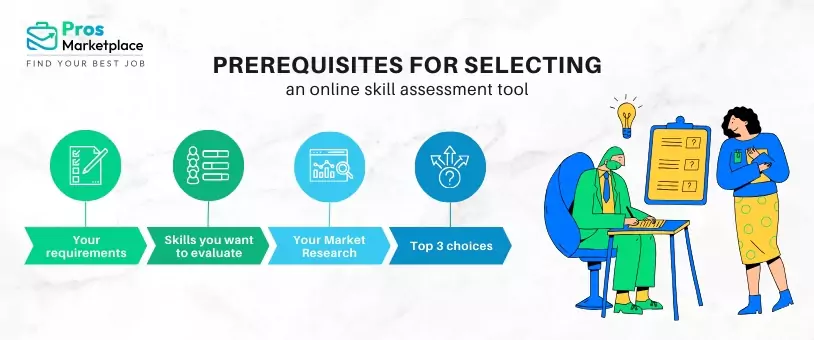
Utilizing online skills assessment tests represents a top-notch strategy for evaluating employee skill sets. Given the widening skills gap, analyzing to identify critical future skills is imperative. These assessments aid Learning and Development (L&D) managers in pinpointing areas of significant skill gaps and devising strategies to address them.
A robust skills assessment empowers organizations to identify employees in need of assistance and pinpoint key performance indicators (KPIs) essential for specific employee groups. These assessments aim to delineate the performance criteria, knowledge, skills, and abilities necessary for an organization’s workforce to fulfill its objectives.
4. Ask for Feedback from Teams:
Building strong professional relationships relies on effective communication, making feedback from teams invaluable. This exchange of information among team members and managers fosters a dynamic and productive workplace environment by soliciting feedback from both managers and team members to understand a candidate’s ability to work in a team.
This approach helps assess whether individuals can effectively carry out their responsibilities within the team dynamic.
5. Ask for Customer Feedback:
Requesting customer feedback is essential for enhancing employee performance. It provides invaluable insights that guide organizations toward success. Without it, organizations may not get the complete information they need. Effective and timely customer feedback is pivotal for managing employee performance effectively. It should complement the process of setting performance goals. When employees receive constructive customer feedback, organizations gain clarity on their progress toward goals and can take steps to improve employee performance.
To collect customer feedback, the candidates show the testimonials or reviews shared by their customers. You can also enquire about the performance of individual employees from their primary point of contact.
6. Request Self-Assessments
Sending employees a questionnaire to self-assess their skills can provide insights into their abilities and self-perception. While this approach offers a subjective viewpoint, it may only sometimes provide reliable results. Employees’ self-evaluations may be overly optimistic or excessively critical. To avoid any bias, it’s best to combine this method with more objective assessments.
Concluding Words:
Skillfully assessing employees’ skills and competencies is crucial and indispensable to the success of organizations. Applying a mix of assessment techniques, such as online skills tests, self-evaluations, team ratings, scenario simulations, business games, and customer rankings, helps companies better understand employees’ skills. These assessments bring skills revealed to light. You can also look at the personal training and development sessions required for a person’s role and requirements.
